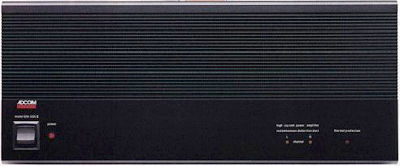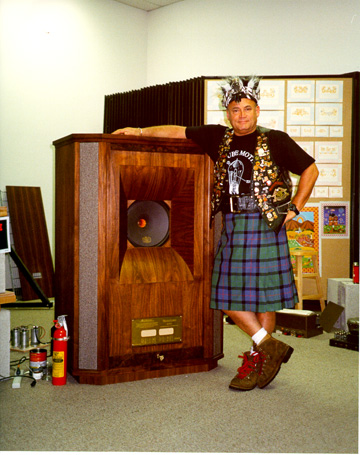I owned one of those in the mid '70's, fortunately it got burglarized. Used the proceeds of the insurance settlement to buy Roger's LS 3/5 a's and an Audionics CC2.I was a live and well in the '80s, (maybe more so than today). In the day I never gave any serious though to a Caver amp; I was always suspicious of them you might say.
OTOH, through the '80s and '90s I was running a Phase Linear 400 amp, a very well-measuring amp for the day. At the time I was very confident that I had a amp that was as good as any. It took me 20 year to understand that the PL 400 was a truly hideous sounding amp. I'd had the PS capacitors replace at one point but that help. It was amps like the 'Phase' that gave solid state a bad rep for many audiophiles.Not only were the highs shrill & glassy but detail and transparency were totally lacking; "opaque" would be an appropriate adjective.

I'd have to say I came out ahead on the deal.


